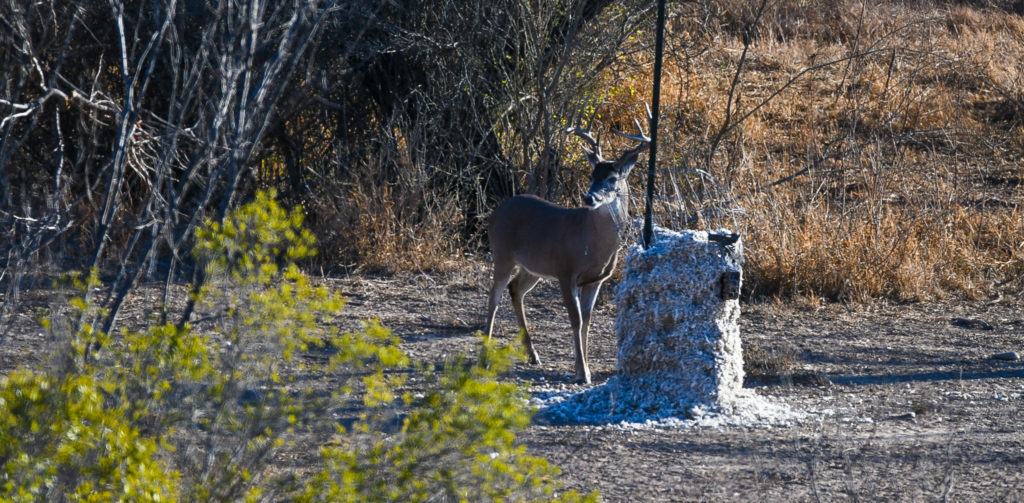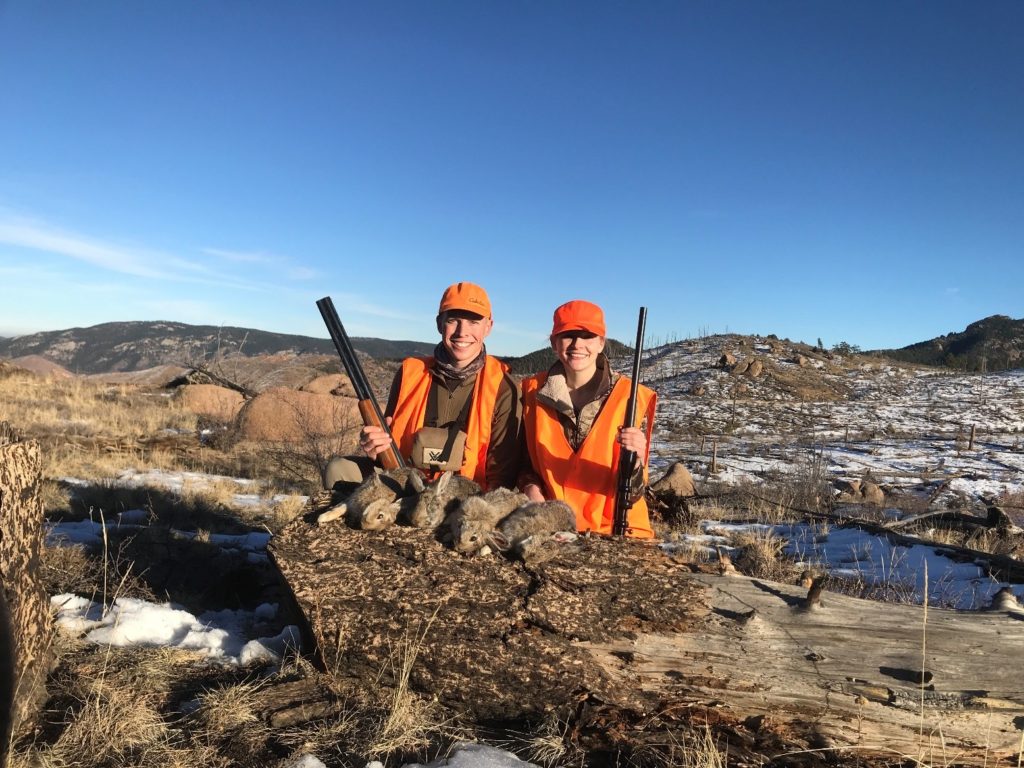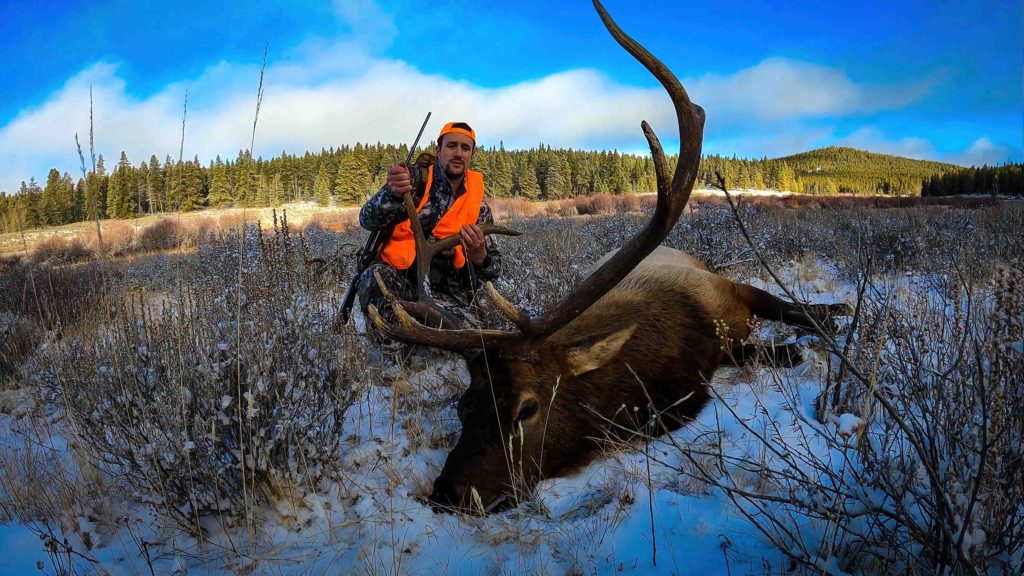One of my proudest days as a hunter was the day I was closer to scoring a whitetail than my father and great uncle. I remember scoring the buck on the hoof against them to see who could get closer, and I fell within two inches of the exact score; it felt like I had graduated sportsmen school. Now that isn’t the case every time; it’s a skill that has to be constantly sharpened and fine-tuned…but why? Why is being able to score and age a buck on the hoof important?
I believe there are several reasons that make this skill extremely important for any type of game hunting:
- It’s ethical. Having a full range of knowledge about the animal you are choosing to harvest is showing respect for what nature can provide.
- It is one key component of wildlife management. If you ever want to grow the quality of your herd, you have to properly manage and set goals for what you want to achieve.
- It’s the law. There are rules that must be followed so that people don’t go out and just shoot anything that walks.
Aging
Just like people, whitetail go through similar changes as they mature; putting on some pounds, earning wrinkles, sagging skin, drooping features, etc. Observing and studying these developments are essential to getting the most accurate age you can, with obvious variations for each individual deer. Some characteristics of a mature whitetail are:
- Sway back
- Full, hanging brisket
- Plump stomach
- Dark hocks
- Sagging facial skin; particularly around the eyes
- Short, stocky muzzle (roman nose)
- Typically trudge rather than light-footed walk
- Faded coloring in the hide (especially in the face)
Scoring Whitetail
When it comes to scoring whitetail, there are a lot of mixed emotions and opinions revolving around the topic. You have your diehard meat hunters who could care less about score, and you have the labeled “trophy hunters” who will harvest strictly based on the score of a deer. I have no judgement about either side of the debate, but as a guide, I do have to take score into consideration at times. My father has taught me some guidelines over the years that have given me a foundation for scoring a deer on the hoof.
Now the tips/averages I am sharing are based on mature bucks that I grew up hunting in South Texas…you’ll have to research and observe the deer in your area in order to get your starting point. The trick is to get a baseline on your Down score, or BMW (beams, mass, width), and then calculate your Up score (tine length) from there. The following averages are what I use when field scoring a mature, South Texas whitetail:
- Beams: 22-24 inches
- Mass: 32-33 inches
- Width: 18-20 inches (for reference, ear tip to tip is about 15”)
This starting point allows me to lower my calculation if a buck seems to be below average, or raise my numbers if he seems to be an above average whitetail. Many hunters use these figures to guide their management programs in order to decide when to cull out a buck that may pass inferior genetics, or allow a buck to continue to mature and spread superior genetics in their area.
The Results
If you’re a hunter looking to elevate the quality of deer in your area, the knowledge and skill of aging and scoring will get you one step closer to that goal. Wildlife management takes a lot of time, patience, and hard work, but following a strict plan backed by constantly educating yourself can really acquire some great results in your herd. Personally, I’ve witnessed and participated in simple guidelines and strict programs, which have led to small accomplishments like a few inches in average growth over a few years, and large leaps of 10-20 inches of growth over 20+ years. It all comes down to what you want out of your hunting experience.


